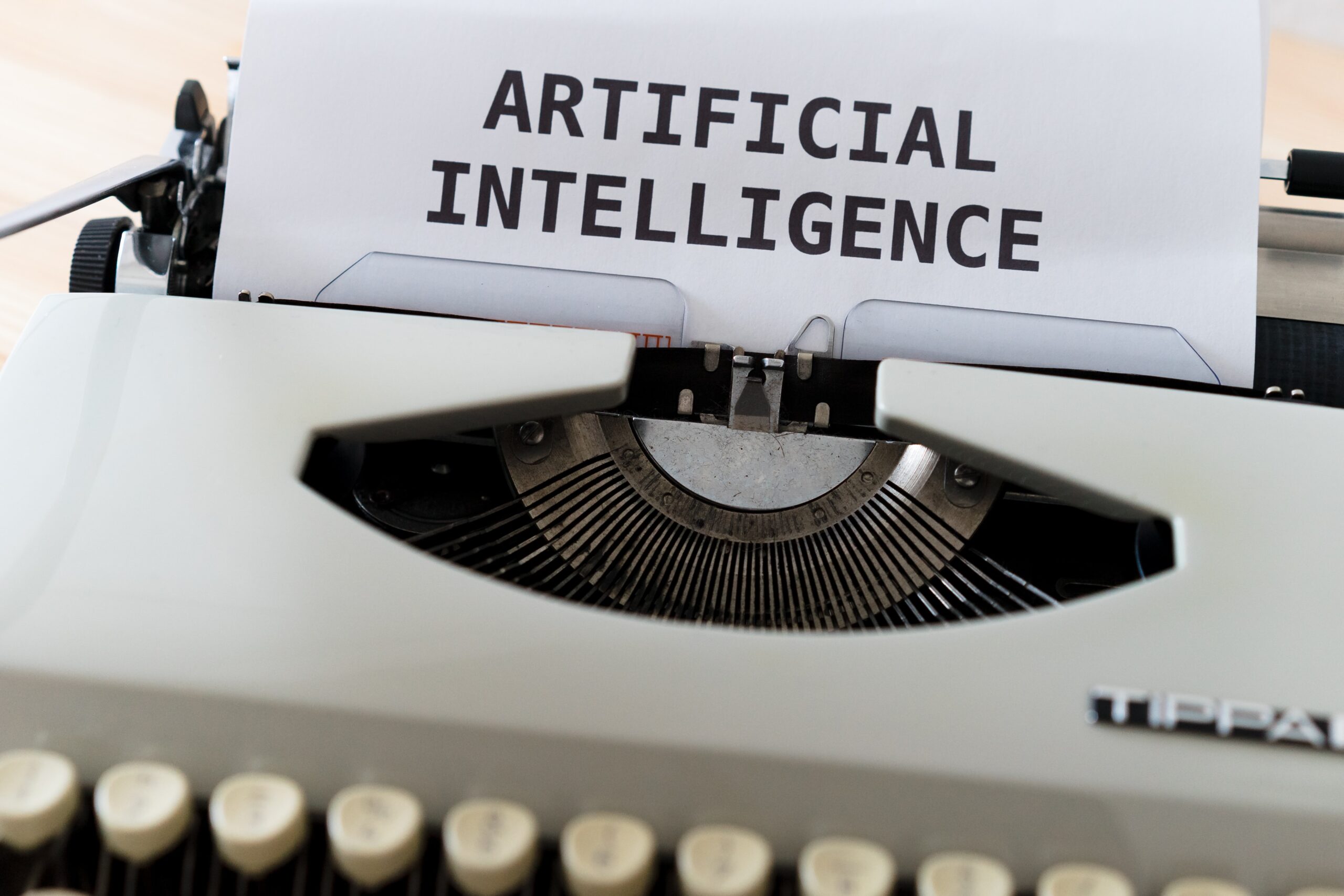Introduction
ChatGPT is a large language model developed by OpenAI that is capable of generating human-like responses to natural language inputs. The model has been trained on a massive amount of textual data and has learned to understand the nuances of human language. ChatGPT uses deep learning techniques to generate responses to user inputs. The model has been designed to mimic human conversation, and its output can be used in a variety of applications, including chatbots, language translation, and text completion.
History of ChatGPT
ChatGPT was first introduced in June 2018 by OpenAI as a generative language model. The model was designed to generate realistic text based on the input provided to it. The initial version of ChatGPT was a small model that could generate text up to a maximum length of 1024 tokens. However, OpenAI continued to improve the model and released a larger version, ChatGPT-2, in February 2019. This model had 1.5 billion parameters, and it could generate text up to a maximum length of 2048 tokens. Later in 2019, OpenAI released an even larger model, ChatGPT-3, with 175 billion parameters. This model can generate text up to a maximum length of 2048 tokens, and it has been used in a variety of applications, including chatbots and language translation.
Working of ChatGPT
ChatGPT is a type of neural network that uses a transformer architecture to generate text. The model has been trained on a massive amount of textual data, which allows it to generate realistic responses to user inputs. The model works by breaking down the input text into smaller pieces called tokens, which are then fed into the neural network. The model then uses the input to generate a probability distribution over the next word in the sequence. This process is repeated until the model generates the desired length of text.
Applications of ChatGPT
ChatGPT has a wide range of applications in natural language processing. One of the primary applications of ChatGPT is in the development of chatbots. Chatbots are computer programs that simulate conversation with human users. ChatGPT can be used to generate responses to user inputs, making it an ideal technology for chatbot development.
ChatGPT can also be used for language translation. The model can translate text from one language to another by generating a response in the target language based on the input text. This can be especially useful in scenarios where human translators are not available or where a large amount of text needs to be translated quickly.
Another application of ChatGPT is in text completion. The model can be used to generate text that completes a sentence or paragraph. This can be useful in scenarios where a user is writing a long document and needs help generating content.
Conclusion
ChatGPT is a powerful language model that has a wide range of applications in natural language processing. The model has been trained on a massive amount of textual data, which allows it to generate realistic responses to user inputs. ChatGPT has been used in a variety of applications, including chatbots, language translation, and text completion. As natural language processing technology continues to improve, ChatGPT is likely to become even more widely used in the future.




